Environment
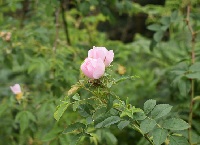
Growing wild – dog rose and meadowsweet
Growing wild – dog rose and meadowsweet Catherine Keena, Teagasc Countryside Management Specialist takes a closer look at some of our native Irish biodiversity to look out for in the countryside. Here she shares some interesting facts of nature about dog rose and meadowsweet Dog rose Look out for dog rose with […]
24 July 2022
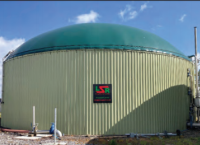
Anaerobic Digestion Plant – Teagasc Grange
Anaerobic Digestion Plant – Teagasc Grange A pilot-scale anaerobic digestion plant is currently under construction at Teagasc Grange. It is due to be commissioned in 2022. The plant will produce biogas using grass silage & cattle slurry. Find out more from our team in Grange Paul Crosson, Ciara Beausang, Sofia Tisocco & […]
24 July 2022
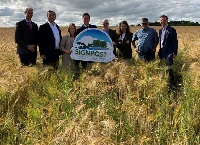
Drinks Ireland partners with Teagasc Signpost programme to support sustainable future supply of Irish grain
Drinks Ireland partners with Teagasc Signpost programme to support sustainable future supply of Irish grain The Teagasc Signpost programme has announced a partnership with Drinks Ireland, which represents Irish drinks manufacturers and suppliers, to further reduce the environmental footprint of grain production, which is key to underpinning the future sustainability needs of […]
14 July 2022
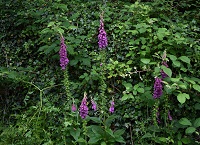
Growing wild – Honeysuckle and Foxglove
Growing wild – Honeysuckle and Foxglove Catherine Keena, Teagasc Countryside Management Specialist takes a closer look at some of our native Irish biodiversity to look out for in the countryside. Here she shares some interesting facts of nature about Honeysuckle (or Woodbine) and Foxglove Honeysuckle or Woodbine Look out for honeysuckle, also called woodbine, […]
10 July 2022
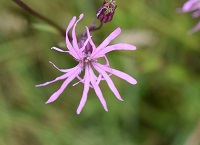
Growing Wild – Elder and Ragged Robin
0 Growing Wild – Elder and Ragged Robin Catherine Keena, Teagasc Countryside Management Specialist takes a closer look at some of our native Irish biodiversity to look out for in the countryside. Here she shares some interesting facts of nature about Elder and Ragged Robin Elder Look out for elder, called bour tree in […]
3 July 2022
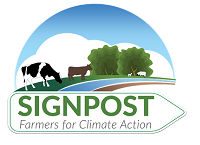
Meet Michael & Alex McCarthy, Signpost dairy farmers
Meet Michael & Alex McCarthy, Signpost dairy farmers We are farming in a partnership milking 170 cows on a grass based system. We farm 104 hectares. A major challenge we see coming at us over the next couple of years are the environmental challenges. As Signpost farmers we want to increase biodiversity […]
28 June 2022
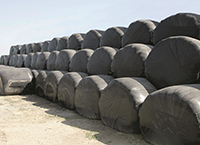
Silage effluent, storing silage & water quality
Silage effluent, storing silage & water quality Silage effluent is highly pollutant to waterbodies and must be stored and collected according to best practice. An accidental discharge can have serious effects on a rivers ecology including fish kills for long distances downstream. Kieran Kenny, Teagasc ASSAP advisor, Roscommon has practical advice Silage […]
27 June 2022
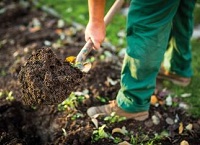
Saving our soil
Saving our soil Teagasc is engaged in an extensive range of research including national and international collaborations. Teagasc highlights the impacts of its latest research in “Research impact highlights in 2020”. Soil is one such area as Teagasc researchers Michael Gaffney and Dheeraj Rathore outline here Michael Gaffney, Dheeraj Rathore, Vincent Michel […]
26 June 2022

Multi species swards: grazing trial at Johnstown Castle
Multi species swards: grazing trial at Johnstown Castle Despite lower fertiliser nitrogen, dairy cattle on multi-species swards performed similarly to a herd on grass-clover, a Teagasc grazing trial shows. Aidan Lawless (Johnstown Castle), Mike Dineen (Moorepark), David Wall (Johnstown Castle) and John Finn (Johnstown Castle) discuss this research here Despite lower fertiliser […]
24 June 2022

Linear Biodiversity Habitats
Linear Biodiversity Habitats Hedges, watercourses and field margins are important linear features that define the Irish farming landscape and provide food, shelter and movement corridors for our native wildlife. Linear Biodiversity Habitats featured in the June edition of the Teagasc Signpost e-newsletter. Find out more here Linear Biodiversity Habitats are vital for biodiversity, […]
22 June 2022
